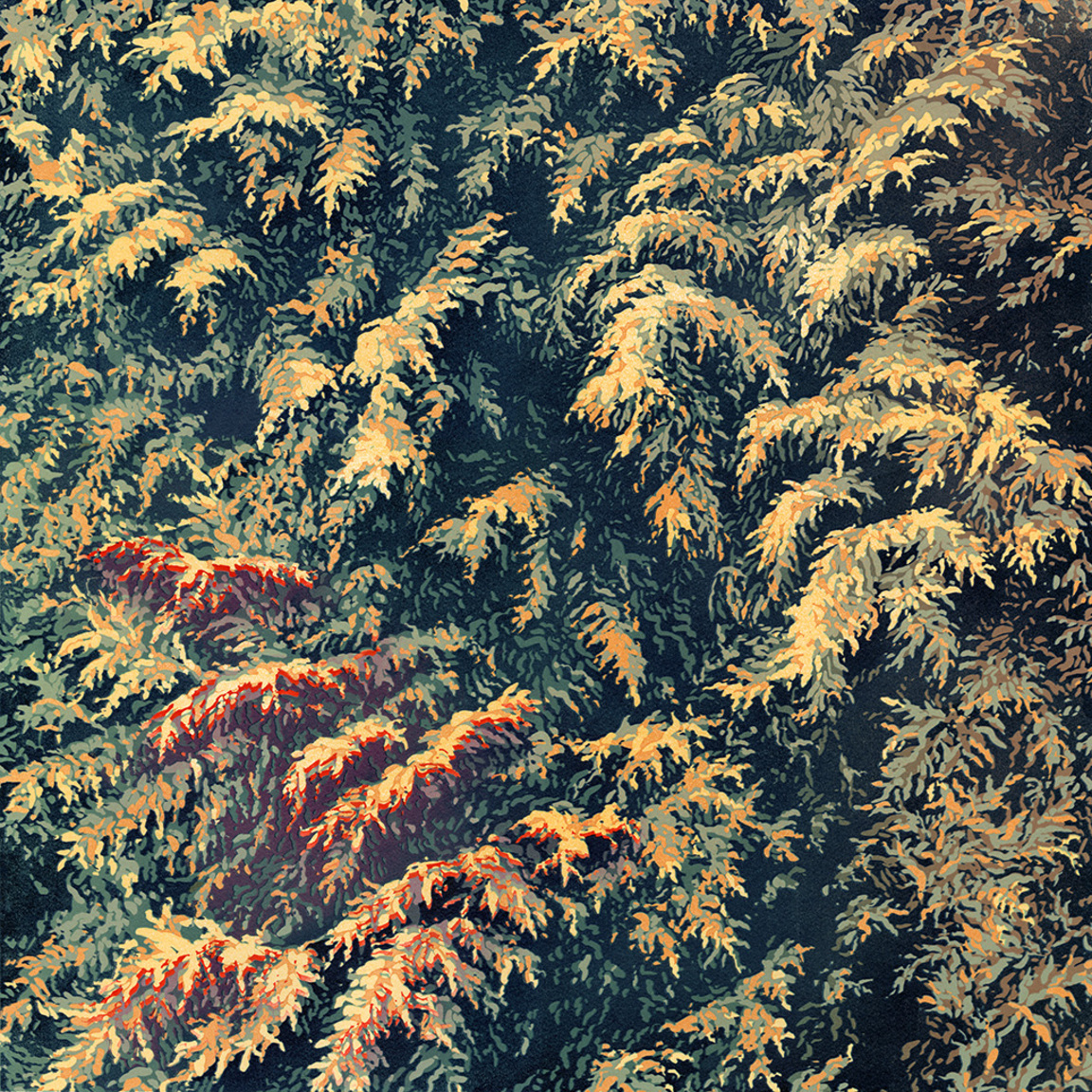Utstilling

Wo(rk)manship of Risk
This is an exhibition of the material outcome of Associate Professor Victoria Browne's KUF-project, an ongoing workshop-led exploration into colour printing.
In 1968, David Pye published The Nature and Art of Workmanship in defence of diversity as an inevitable product of the workmanship of risk. Unlike other art theorists, historians and anthropologists of his generation, Pye was writing from his everyday experience in the workshop as a practicing artist. Today his first-hand account would be recognised as an early exemplar of artistic research. Pye systematically dismantled the ideas of John Ruskin’s Art and Craft movement which he found to be insupportably idealistic1. He became the most widely read craft theorist of the 20th Century and his insights are still cited by art writers; Glenn Adamson, Christopher Frayling, Ezra Shales, Tim Ingold, Daniel Miller and John Thackara.
However, although Pye valued the diversity of material, process and scale in the workshop, he did not extend his appreciation to value the diversity of wo(rk)men in the workshop. Perhaps in 1968 this was only to be expected, as the division of labour between men in the workshop and women in the home was the status quo, influential art theorists with public credibility were principally white European men and a post-colonial platform for public engagement had yet to evolve.
Fortunately fifty years later, a post-digital generation of internationally connected wo(rk)menship is beginning to re-appraise Pye's craft methodology and the value of diversity from within a peer reviewed framework of artistic research.
Victoria Browne is Associate Professor of Print and Publishing at KHiO, an early career researcher and a post-Brexit immigrant to Norway, combining commitments of motherhood with a workshop-based art practice.
Footnote:
1. Kelsey, John Foreword: Apostle of Workmanship, 1995 to Pye, David The Nature and Art of Workmanship, 1968, Bloomsbury Publishing Inc.